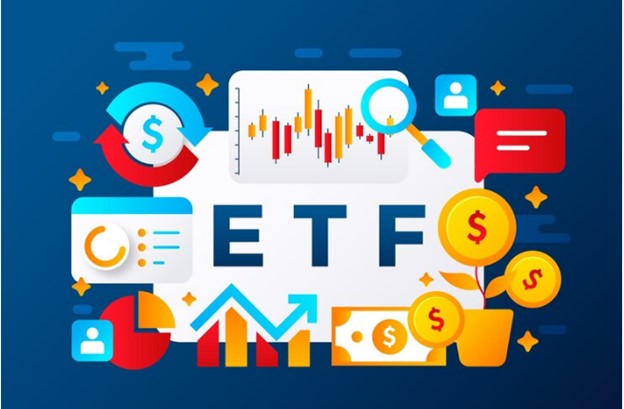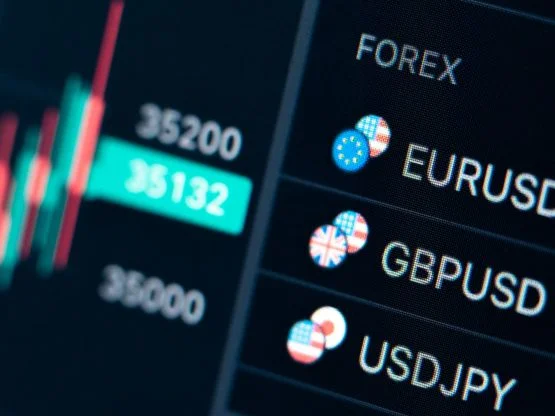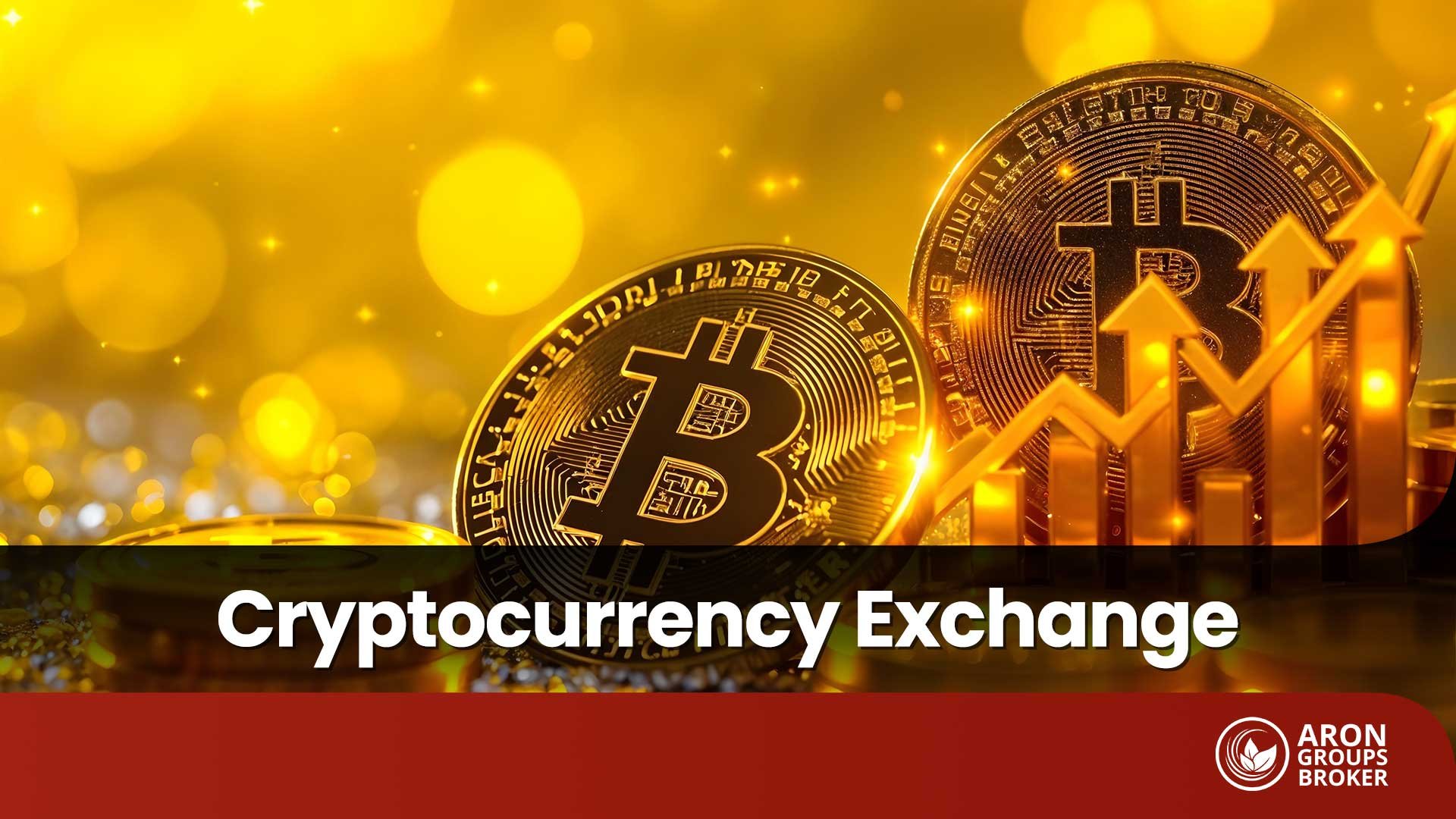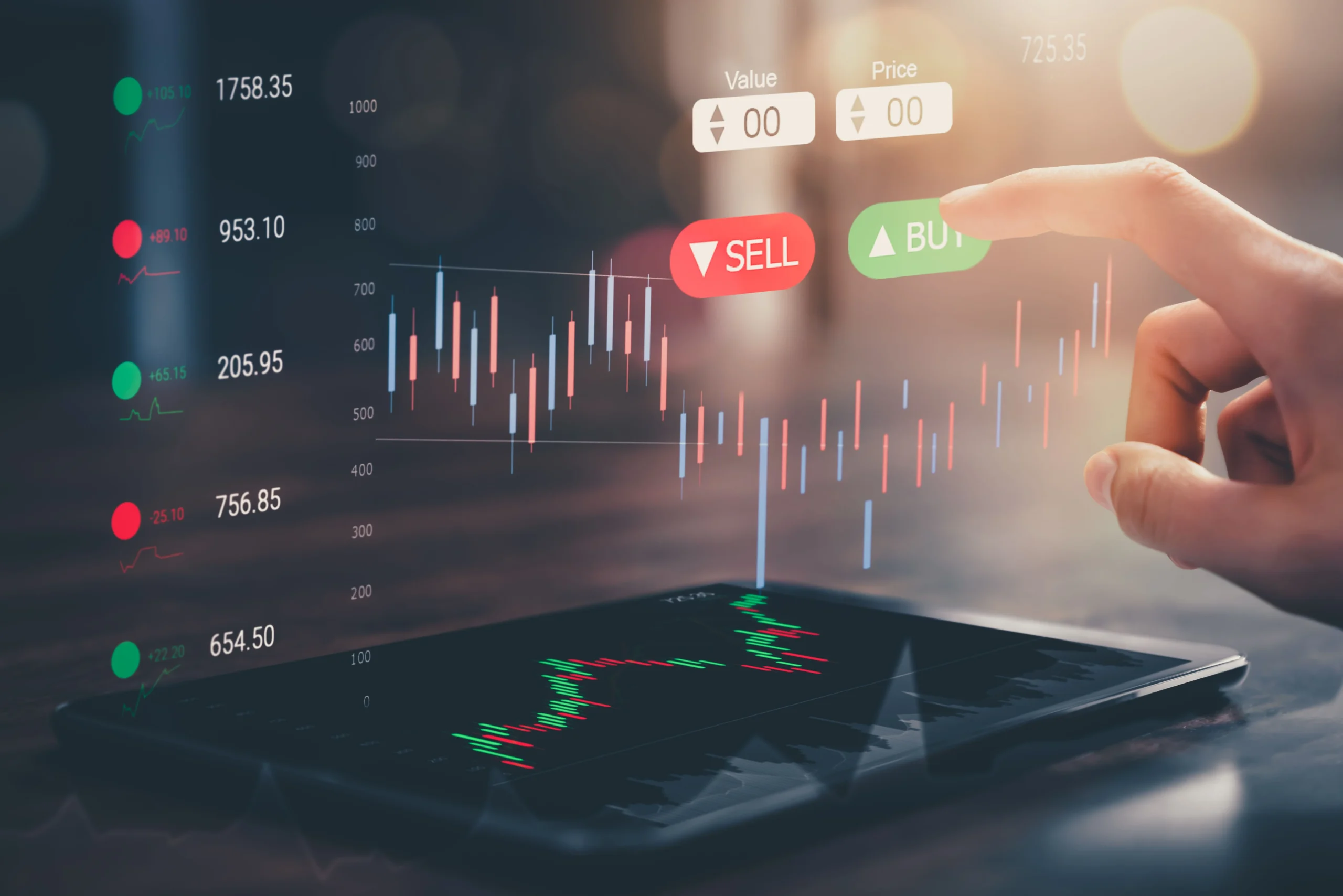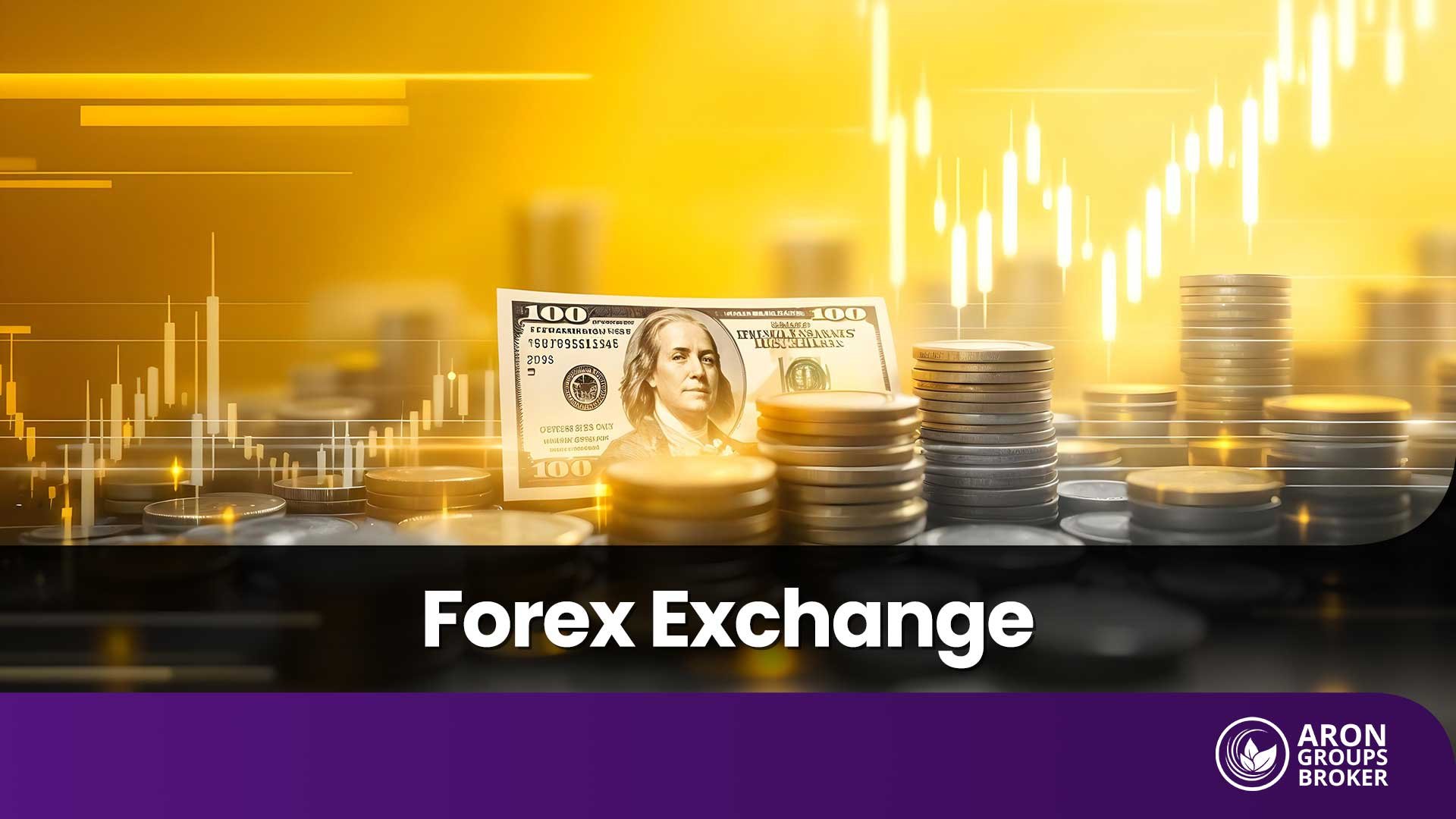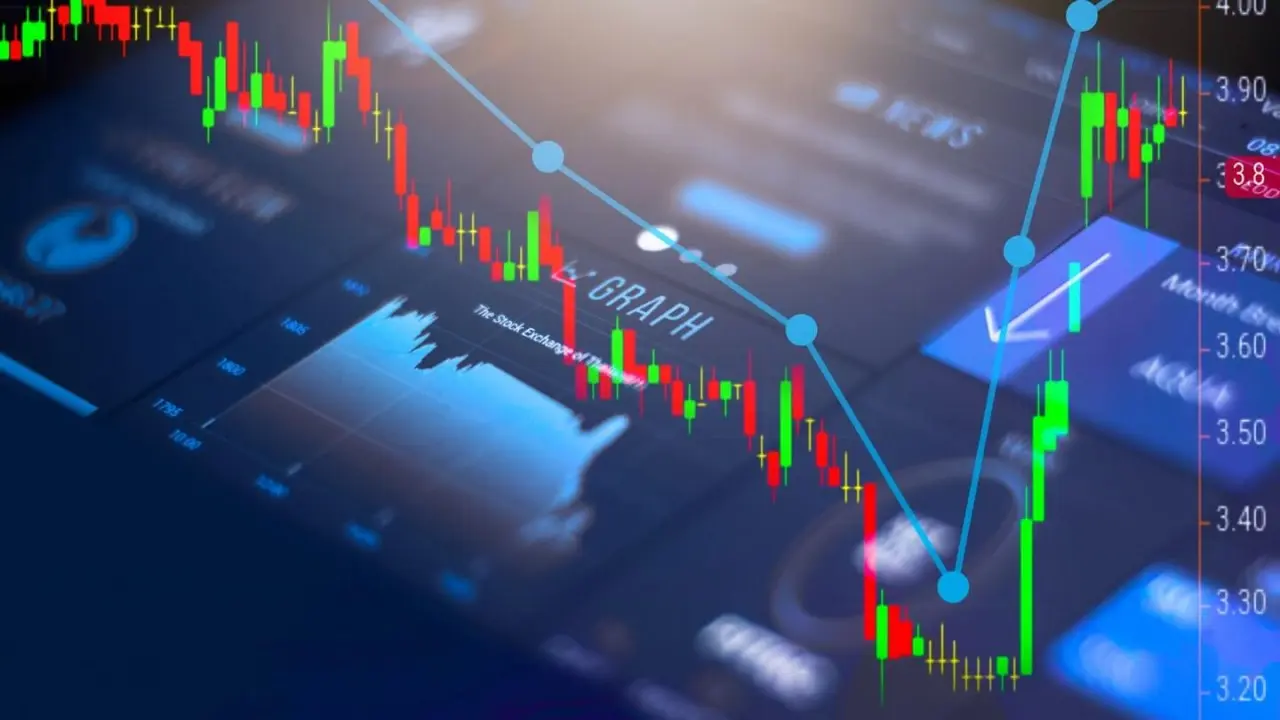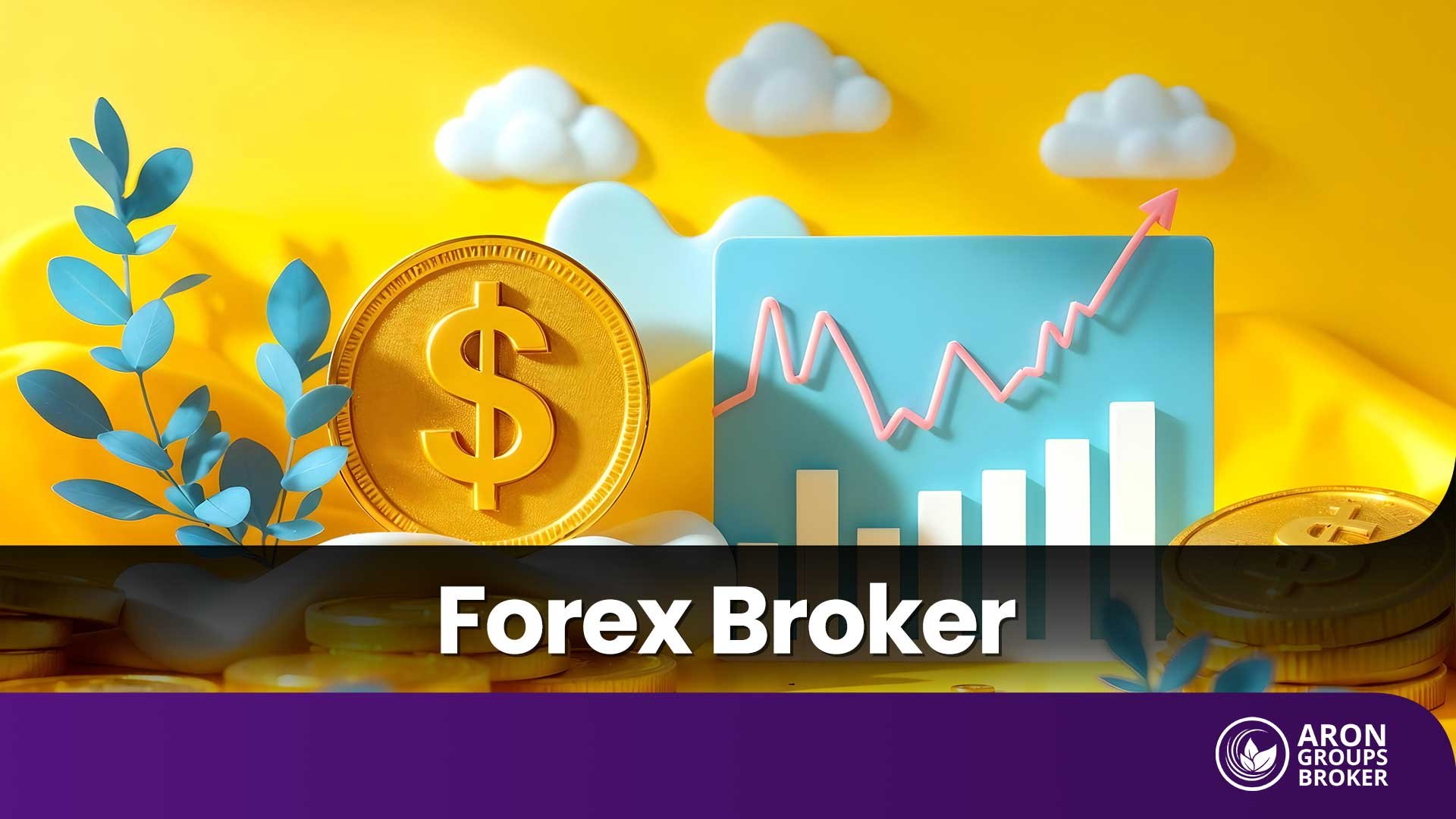A company that has designed an exchange-traded fund (ETF) to guarantee and manage that investment supports any investment mean of any kind; each investment requires a specific ETF plan to fit. Some ETFs just fulfill junk bond demands, others specialize in leveraged real estate, and some ETFs aim to limit investors’ access to currency exchange rates. So, considering the vast roles of ETFs in worldwide currency trading, you can find a currency-hedged ETF that fits your demands, too. In Aron Groups Broker we will discuss everything you need to know about Currency-hedges ETFs, stay tuned.
Table of Contents
What is an exchange-traded fund (ETF)?
An exchange-traded fund, also known as ETF, is a basket of securities that you can buy and sell on the stock exchange with authorized broker firms like Aron Groups. Funds traded on the stock exchange make it possible for you to invest in many securities and investment instruments with different features at the same time.
Combining the versatility of individual securities trading with the diversification feature of mutual funds, exchange-traded funds offer flexible solutions to users who want to put their savings into different baskets. Exchange-traded funds, which include popular investment instruments such as stocks, bonds, gold, foreign currency, commodities, and bills, are traded on stock exchanges. In this way, it is possible to invest in hundreds of stocks through a single ETF by investing in exchange-traded funds.
How do currency-hedged ETFs Work?
Relying on currency-hedged ETFs, you have a shield against the foreign currency investments’ risks and warns. But let’s explain the currency-hedged ETF’s role and performance in your investment demands and investigate some strategies to find a proper one.
Protecting you as an investor from any currency risk is the main duty of the currency-hedged ETFs. Let’s not forget that ETFs are cheap, effective, and plain ways for minor investors to manage their currencies by applying professional management methods that were designed to preserve major financial organizations.
When your domestic currency finds power against a foreign currency, the risk of the currency would have a negative effect on your investment that is because your assets in that foreign currency have reduced. To offer an easy example, imagine the investors on UK-based currency; their currency is under the risk of all non-hedged ETFs which are traded in foreign securities.
Currency-hedged ETFs eliminate and limit the uncertainty and risks of the fluctuations exposed to the exchange rate. They defend the investors’ portfolio and protect your investment against the currency. If an investor relies on the ETF, their investment won’t be lost when the pound rises and gains when the pound falls.
Hedging the exchange rate risk with currency ETFs
Investing in offshore instruments such as stocks and bonds can deliver significant returns and provide greater portfolio diversification, but they introduce an additional risk, which is the exchange rate. Since exchange rates can have a significant impact on portfolio returns, investors should consider hedging this risk where appropriate.
To profit or hedge from changes in currency, traditionally, you would trade currency futures or options, and open foreign exchange-traded funds have been an ideal hedging tool for retail investors looking to reduce exchange rate risk.
The currency ETFs are a simpler and highly liquid way to take advantage of changes in currencies without all the fuss of futures or forex: You buy them in your broker account just like any ETF.
Why are currencies moving?
Exchange rates refer to the price at which one currency can be exchanged for another. As the value of each currency fluctuates relative to the other, the exchange rate will rise or fall.
Factors that can affect the value of a currency include economic growth, government debt levels, trade levels, and oil and gold prices, among other factors. For example, slowing gross domestic product (GDP), rising government debt, and a large trade deficit mean that a country’s currency may cause the currency to fall against other currencies. Rising oil prices can lead to higher currency levels for countries that are net oil exporters or have significant reserves, such as Canada.
A more detailed example of a trade deficit would be when a country imports much more than it exports. You end up with too many importers dumping their own country’s currency to buy other countries’ currency to pay for all the goods they want to bring in. Then, the value of importers’ country currencies falls because supply exceeds demand.
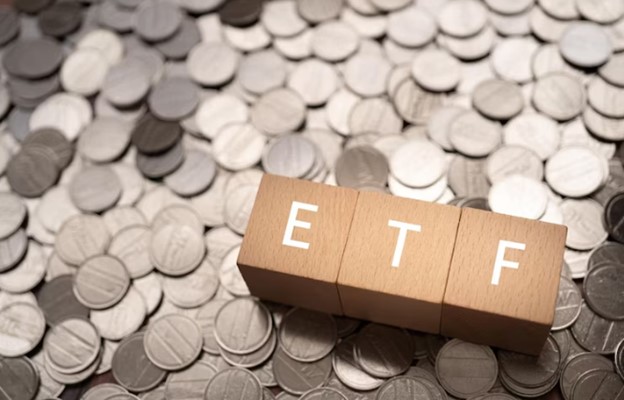
The effect of exchange rates on foreign exchange returns
To illustrate the impact of exchange rates on investment returns, let’s go back to the first decade of the new millennium – which was a very challenging year for investors. U.S. investors who chose to limit their portfolios to high-volume U.S. stocks saw the value of their assets fall by more than a third on average. Over the nearly nine-and-a-half-year period from January 2000 to May 2009, the S&P 500 Index fell nearly 40%. The total return, including profits, averaged about -26%, or about -3.2% for the S&P 500 during this period.
Stock markets in Canada, the largest trading partner of the USA, fared much better during this period. Fueled by surging commodity prices and a buoyant economy, Canada’s S&P/TSX Composite Index rose nearly 23%; including dividends, the total return is 49.7%, or 4.4% annually, which means the Canadian S&P/TSX Composite Index outperformed the S&P 500 by 75.7% cumulatively, or about 7.5% annually.
U.S. investors, who were investing in the Canadian market during this time as the Canadian dollar, did much better than our stay-at-home citizens’ appreciation of 33% versus the dollar turbo-charged returns for U.S. investors. In U.S. dollar terms, the S&P/TSX Composite gained 63.2%, delivering a total annual return of 98.3%, or 7.5%, including dividends. This represents a cumulative outperformance of 124.3% or 10.7% annually compared to the S&P 500.
All the data show that $10,000 invested in the S&P 500 by a U.S. investor in January 2000 would fall to $7,400 by May 2009, but not by a U.S. investor in the S&P/TSX Composite during the same period. This means that $10,000 invested would almost double to $19,830.
When to consider hedging?
U.S. investors who put money into overseas markets and assets in the first decade of the 21st century received results from a weaker, longer-term, or decline in the U.S. dollar, which was in decline for much of this period. Exchange rate risk was not advantageous in these circumstances since these U.S. investors had an appreciation of (foreign) currency being deposited locally.
However, a weakening currency can reduce positive returns or exacerbate negative returns in an investment portfolio. For example, Canadian investors investing in the S&P 500 from January 2000 to May 2009 earned returns of -44.1% in Canadian dollars (compared to returns of -26% for the S&P 500 in U.S. dollars) because the value assets are losing currency (in this case, the U.S. dollar).
Diversified passive equity ETFs
Diversified passive equity ETFs are a type of portfolio that allows investing in multiple assets through a single stock or index, such as the S&P 500 and Dow Jones indices. Such funds, which can vary in investment objectives, risk profiles, and portfolio depths, are often a mix of familiar financial instruments such as commodities, stocks, or fixed-income securities.
Niche Passive Equity ETFs
A new and fast-growing investment product, niche passive equity ETFs focus on a group of stocks within a single theme, sector, or industry, tracking key trends in that area. Niche passive equity ETFs, among the new-generation investment vehicles, are a great choice for investors to diversify their portfolio strategies and invest early in promising niche sectors. It is possible to find many niche ETFs within subsets of the S&P 500.
Active Equity ETFs
Active equity ETFs allow portfolio managers to take initiative and move beyond fixed indices. Although managers adhere to the index, they also include their own decisions in the portfolio when choosing investments. Active equity ETFs, which may offer higher returns than market standards, may also have higher transaction costs and investment risks compared to fixed-income ETFs.
Fixed income ETFs
Fixed-income ETFs contain predominantly bonds rather than stocks. Investors who want to have a low-risk and stable portfolio can benefit from fixed-income ETFs. Vanguard Total Bond Market ETF (BND), iShares 20+ Year Treasury Bond ETF (TLT), and Direxion Daily 20+ Year Treasury Bull (TMF) are examples of fixed-income ETFs.
How do ETFs work?
The working logic of exchange-traded funds is quite simple. Fund providers that hold underlying assets such as stocks, commodities, currencies, bonds, and Eurobonds design a fund that also features an underlying index to track their performance. Shares in this fund, designed as a fund basket, can be sold to investors.
Shareholders who invest in ETFs own a portion of an ETF but do not directly own the underlying assets in the fund. Despite this, ETF investors can also benefit from bonuses such as coupon payments and dividend payments in return for their investments. Buyers and sellers can easily buy and sell ETFs traded on any exchange during the day, just like a stock.
How to buy exchange-traded funds (EFTs)?
Stock-weighted ETFs consist of publicly traded shares that are actively traded on the stock exchange. Depending on the characteristics of the ETF, a versatile exchange-traded fund can be created with hundreds of stocks. Investors can purchase these ETFs from banks and other authorized brokerage firms. Exchange-traded funds consisting of various stocks can be purchased from authorized brokerage firms.
Passive ETFs
Passive ETFs track a specific index or benchmark, such as the S&P 500. These funds offer broad exposure to many different stocks and serve as an effective way for investors to monitor the overall market.
Active ETF
Professional money managers manage active ETFs and usually focus on a specific market sector or region. Their desired funds look to outperform the broader markets and are eager to make more investors targets exposed within the market.
Sector or industry ETFs
Industry or sector ETFs help investors track the performance of assets or companies in a particular industry (stock ETFs). For example, an energy sector ETF would include a variety of companies in the energy industry, such as oil and gas companies.
Bond ETFs
Bond ETFs allow investors to gain exposure to different types of bonds. These ETFs may track a variety of debt securities, such as corporate and government bonds or mortgage-backed securities. Unlike the bonds they track, bond ETFs do not have a predetermined expiration date. Generally, these ETFs are valued at a premium or discount to the actual cost of their underlying securities.
Commodity ETFs
Commodity ETFs track specific commodities, such as gold or oil. They may also include futures contracts, which allow investors to speculate on the future price of a commodity. These funds can offer diversification benefits for investors who want to protect against market volatility.
Currency ETFs
Currency ETFs follow the different foreign currencies’ actions. These funds typically trade in pairs, allowing investors to speculate on how one currency will perform relative to another. Currency ETFs can be an effective way for investors to protect against fluctuations in exchange rates.
Inverse ETFs
Inverse ETFs are designed to provide the inverse return of an index or sector. For example, if the value of a particular index declines, the value of an inverse ETF will increase. These funds can be used to hedge against market declines or bet on short-term price movements.
Inverse ETFs use derivatives to short stocks. It is important to note that many inverse ETFs are exchange-traded notes (ETNs) that behave like stocks but are backed by an issuer such as a bank and are not true ETFs.
Style ETFs
Style ETFs track the performance of specific investment styles, such as value or growth stocks. These funds typically consist of stocks that meet certain criteria and can be used to target different types of investments. For example, a value ETF might include stocks with low price-to-earnings ratios and dividend yields.
Foreign market ETFs
Foreign ETFs offer investors access to markets like Hong Kong’s Hang Seng Index or Japan’s Nikkei index, which are considered non-U.S. markets. These funds can offer a diversified approach to exposure to different countries and regions, allowing investors to benefit from international growth.
Leveraged ETFs
Multiplying the return of the sector or the underlying index is possible by leveraged ETFs. For example, a 2X leveraged ETF will double the performance of its underlying benchmark. These funds can offer investors a way to increase their returns in both rising and falling markets, but they also come with higher risks.
Alternative Investment ETFs
Alternative ETFs offer a way for investors to gain exposure to otherwise difficult or costly assets, such as real estate or commodities. These funds provide a simpler and more cost-effective approach than investing directly in the underlying asset.
Crypto ETFs
Crypto ETFs track the cryptocurrencies and their actions, like Ethereum, Bitcoin, etc. These funds offer investors a more accessible way to gain exposure to digital assets and can be used for speculation or hedging purposes.
Why should you invest in ETFs?
If you want access to many asset classes without breaking the bank, investing in ETFs may be ideal for your needs. There are many reasons why these funds make sense for a wide range of investors:
- Variation: ETFs offer a way to diversify your portfolio across different asset classes and minimize risk.
- Lower costs: ETFs tend to be cheaper and more tax-efficient than mutual funds due to their passive management structure.
- Easier transactions: These funds make it easier for investors to adjust their allocations without having to buy or sell individual securities.
- Private sector target: ETFs can be used to target a specific industry, sector, or market and allow investors to use the opportunities in different areas without buying individual bonds or stocks.
By leveraging innovative investment vehicles such as ETFs, investors can strategically diversify their portfolios while optimizing costs. ETF trading provides the opportunity to trade volatility or gain exposure to a specific investment strategy, providing a more robust and cost-effective portfolio structure.
What are the disadvantages of ETF investing?
Despite their many advantages, ETFs come with some risks, including:
- Liquidity problems: Some ETFs may be thinly traded, making it difficult to buy or sell large amounts of shares.
- Expenses: While ETFs generally offer lower costs than actively managed funds, they do come with fees that can add up over time, especially if we talk about actively managed ETFs.
What is a stock ETF?
A stock is an exchange-traded fund (EFT) that is being invested in the investors’ stock portfolio. These funds offer investors a way to gain broad exposure to markets without having to purchase individual securities.
What is a crypto ETF?
Crypto ETF allows investors to diversify their portfolio with a variety of cryptocurrencies without the need to purchase each coin personally. Exchange-traded funds provide an easy and accessible way for newcomers and experienced traders to explore digital asset investments.
What is the difference between ETF and mutual funds?
ETFs typically have lower costs and fees and are more tax-efficient than mutual funds. While ETFs can also be traded on the stock exchange during the day, mutual fund transactions are carried out at the end of the day.
Could the ETF become worthless?
It is technically possible for the ETF to become worthless, but it is unlikely. The underlying assets of the ETF are held in a trust managed and supervised by the custodian bank. This arrangement helps ensure that the fund never goes bankrupt and always has sufficient assets to cover any liabilities.
FAQs
ETF, which is the initials of the Exchange Traded Fund concept, is used to define Exchange Traded Funds.
It is used to express the developed markets (MSCI World Index) of developed world countries such as the UK, Germany, Japan, and the USA. The developed country index covers a large portion of publicly traded companies.
Types of ETFs that pay dividends to investors who meet certain conditions, such as the BIST Dividend Index, are known as dividend ETFs.
It is a type of ETF designed to increase total returns and has leverage ratios such as 2x, 3x, and 5x.












